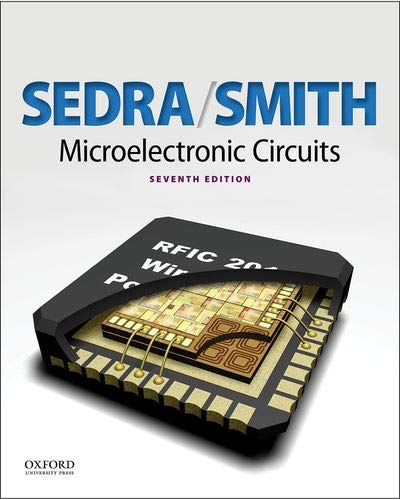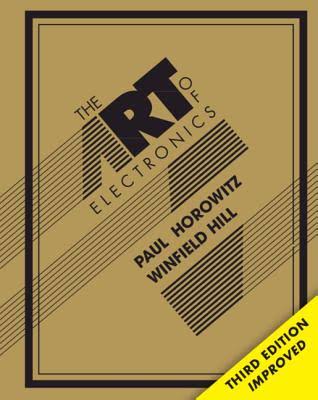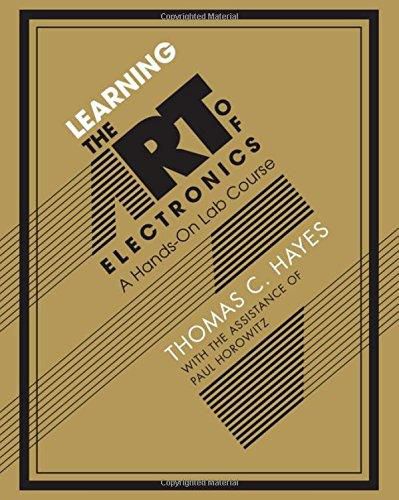Horowitz, P., & Hill, W. (2015). The art of electronics (3rd edition)
The Art of Electronics, by Paul Horowitz and Winfield Hill, is a popular reference textbook dealing with analog and digital electronics. The book covers many areas of circuit design, from basic DC voltage, current, and resistance, to active filters and oscillators, to digital electronics, including microprocessors and digital bus interfacing. The book also includes many example circuits. In addition to having examples of good circuits, it also has examples of bad ideas, with discussions of what makes the good designs good and the bad ones bad. It can be described as a cross between a textbook and reference manual, though without the chapter-end questions and exercises which are often found in textbooks.


